The big news about access in the air is that a group of US Airlines have initiated a legal review of the Department of Transportation’s (DOT) most recent Air Carrier Access Act (ACAA) changes (https://emerginghorizons.com/acaa-updates-stalled-due-to-litigation/).
These ACAA changes would make air travel safer and more comfortable for slow walkers and wheelchair users. The ACAA changes were scheduled to be implemented in 2025, and they include important items such as the prompt return of wheelchairs upon arrival, promptly repairing damaged wheelchairs and providing appropriate rentals (https://emerginghorizons.com/2025-air-carrier-access-act-updates/).
And because of this litigation, these ACAA changes are all on hold.
Interestingly enough, many of the airlines that are publicly opposing these access regulations have previously claimed to be working hard towards making the whole air travel experience easier for disabled passengers.
So my question to them is, are they REALLY committed to improving wheelchair access in the air?
What Airlines Oppose the ACAA Changes?
The plaintiffs in this case include the member organization Airlines for America (AIA), as well as five airlines — United, American, Delta, JetBlue and Southwest. The filing is a bit redundant, as AIA includes those five airlines as well as Alaska Airlines, Hawaiian Airlines and Atlas Air.
So what exactly is AIA? According to their website, this member organization “advocates on behalf of its members to shape crucial policies and measures that promote safety, security and a healthy U.S. airline industry.” In short, it’s basically a trade association headquartered in Washington DC.
Ironically, AIA also has a section devoted to accessibility on its website, which proudly states that “member airlines are dedicated to providing accessible air travel to all passengers”. It goes on to state that their member airlines ” have long been engaged in a variety of initiatives to increase air travel accessibility and meet or exceed all DOT accommodation standards.”
Of course my question is, if they are so devoted to accessibility, then why are they opposing the DOT’s latest updates to the ACAA — updates that will make air travel safer and more comfortable for many wheelchair-users and slow walkers.
Sounds like a bunch of wolves in sheep’s clothing to me.
Delta Airlines
Although Delta Airlines is a member of AIA, they are also listed as an individual plaintiff in the ACAA case. And they deserve a special mention because of all the press they have received in the past few years for trying to improve access for wheelchair-users. More specifically Delta Flight Products, which is a subsidiary of Delta Airlines, has worked on a cabin design that would allow passengers to remain in their own wheelchairs for their flights.
And boy do they ever have a great PR department, because they have been all over the news, with tons of mainstream coverage, as well as photo ops by a passel of bloggers that happen to use wheelchairs or fly with someone that does.
Delta Flight Products is very proud of their work. They proudly extoll their dedication to making air travel a comfortable reality for more wheelchair-users on their website. Their statement reads, “Delta Flight Products’ applications, which could ultimately enable this first-of-its-kind seat to be installed on an aircraft, is a remarkable milestone in the industry’s journey to make travel more inclusive for all. Delta has long pioneered efforts to increase air travel accessibility and will continue to invest in technology and innovation to support all our customers.”
And when they failed to properly accommodate a disabled passenger in 2022, Delta reaffirmed their commitment to access. Their statement proudly declared, “We believe travel is for everyone, and it is our priority to deliver the best service and ensure accessibility for all Delta customers.”
So again I ask, why is a company that has “pioneered efforts to increase air travel accessibility” and makes it a “priority to deliver the best service and ensure accessibility” a plaintiff in this lawsuit?
The Other Plaintiffs
To be fair, Delta is not the only plaintiff that professes to support safe and comfortable wheelchair access in the skies.
Let’s start with United Airlines. This one is a bit of a puzzler to me, because back in April 2024 United was in the news everywhere for launching their new wheelchair-sizing tool (https://emerginghorizons.com/new-united-airlines-wheelchair-sizer-tool-unveiled/). Granted it was the result of an ACAA complaint, but the end result was a digital tool that helps wheelchair-users select flights that can accommodate their specific assistive devices.
And United execs bragged about their accomplishment. “By offering customers an easy way to know if their personal wheelchair fits on a particular airplane, we can give them the peace of mind they deserve when they fly with us,” United executive vice president and chief customer officer Linda Jojo said in a statement.
Then why is United a party to the current lawsuit that objects to — among other things — the new ACAA regulation that requires airlines to publish the dimensions of their cargo holds so wheelchair-users can determine if they can accommodated their wheelchairs?
And let’s not leave out American Airlines. After they were fined by the DOT in 2024 for their treatment of disabled passengers, they put a positive spin on it all, when a senior vice president said, “Today’s agreement reaffirms American’s commitment to taking care of all of our customers.”
And again, if they have such a big commitment to “all” of their customers, then why are they a party to this lawsuit; a lawsuit, which if successful will take away the rights of “some” of their customers.
Time Will Tell for ACAA Changes
In the end, time will tell how this lawsuit will end. If the court decides to throw it back in the DOT’s lap to rework things “according to the procedural rules,” then we could see an entirely different version of this ACAA update.
On the other hand, there’s a slim possibility that the court will rule in the DOT’s favor and the regulations will stand as previously released.
Either way, don’t let the PR spins fool you. The plaintiff airlines definitely do not want to see improved access in the air. And that’s something to remember when you choose an airline for your next vacation.
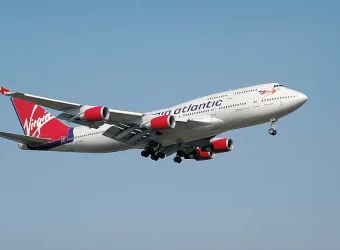
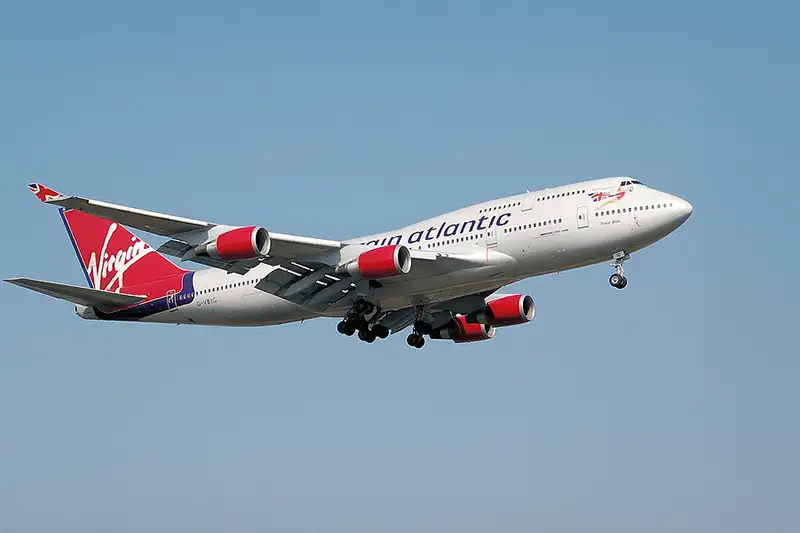

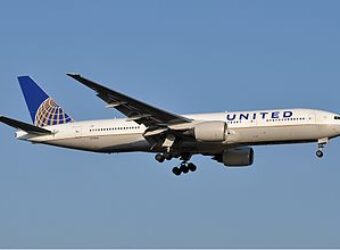


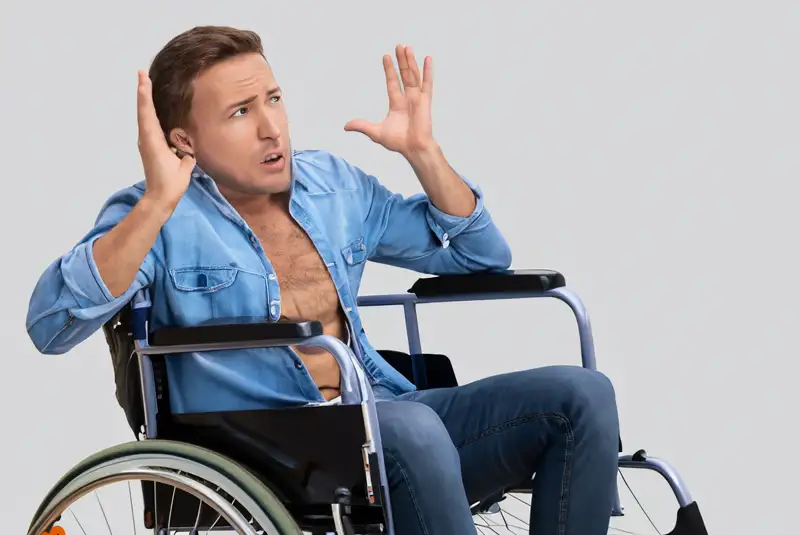 Ever wonder why some people end up with upgrades and refunds whenever they make a wheelchair-access travel complaint, while others walk away with zero compensation? Truth be told, it’s all in the details. Knowing when to complain, how to complain and who to complain to are the keys to not only resolving the issue at hand, but also to receiving adequate compensation for your inconvenience. So the next time you encounter an access-related problem on the road, follow this roadmap for prompt resolution and adequate compensation.
Ever wonder why some people end up with upgrades and refunds whenever they make a wheelchair-access travel complaint, while others walk away with zero compensation? Truth be told, it’s all in the details. Knowing when to complain, how to complain and who to complain to are the keys to not only resolving the issue at hand, but also to receiving adequate compensation for your inconvenience. So the next time you encounter an access-related problem on the road, follow this roadmap for prompt resolution and adequate compensation.
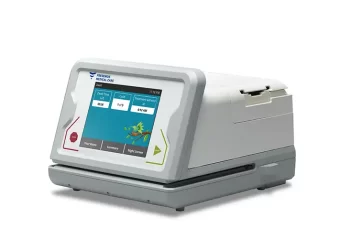
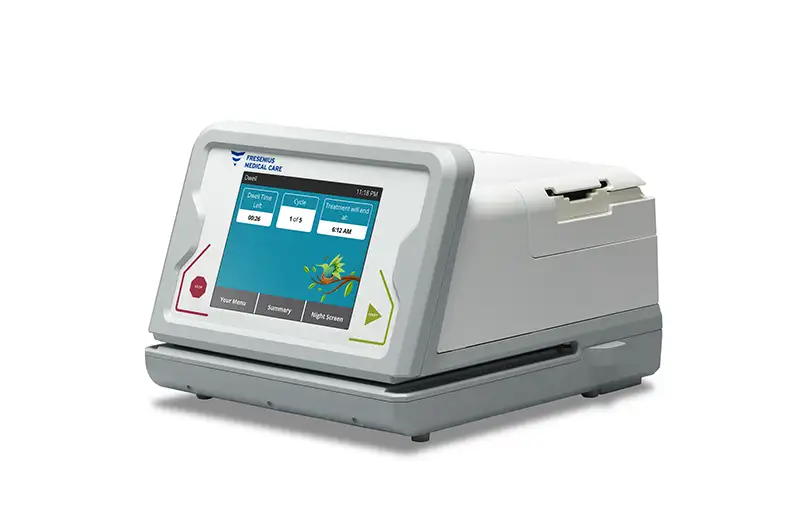

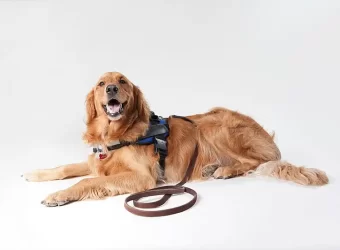
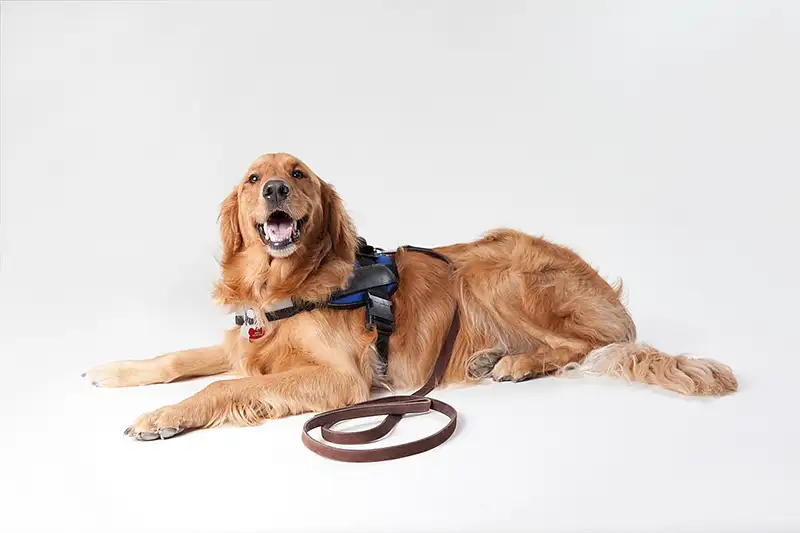 Under the Air Carrier Access Act (ACAA), US airlines are required to accept service animals on all their flights. Additionally, foreign air carriers are required to accept service animals on all flights to and from the US. Psychiatric service animals are treated the same as service animals under the ACAA. Additionally, after the ACAA update in 2021, airlines are no longer required to accommodate emotional support animals. They are now treated as pets and are subject to pet rules and additional charges. So here’s what you need to know about flying with a service animal.
Under the Air Carrier Access Act (ACAA), US airlines are required to accept service animals on all their flights. Additionally, foreign air carriers are required to accept service animals on all flights to and from the US. Psychiatric service animals are treated the same as service animals under the ACAA. Additionally, after the ACAA update in 2021, airlines are no longer required to accommodate emotional support animals. They are now treated as pets and are subject to pet rules and additional charges. So here’s what you need to know about flying with a service animal.
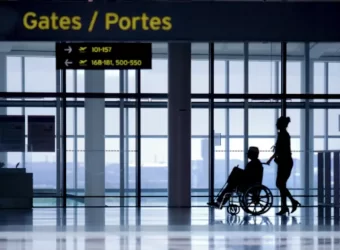
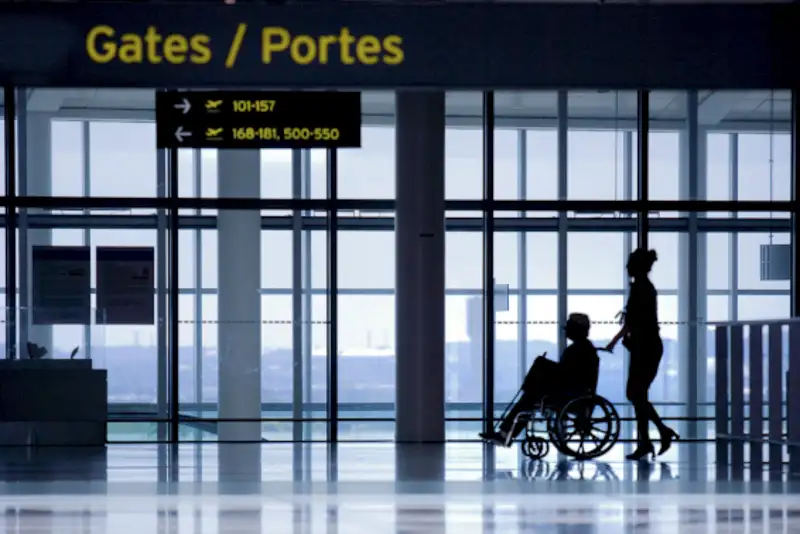 Travel by its very nature requires a good amount of preparation, especially when it includes air travel. Factor a disability into that equation and the complexity increases. With that in mind, here are some helpful tips for flying with a wheelchair.
Travel by its very nature requires a good amount of preparation, especially when it includes air travel. Factor a disability into that equation and the complexity increases. With that in mind, here are some helpful tips for flying with a wheelchair.
 Nearly a year ago, on July 26, 2023, the Department of Transportation (DOT) announced a new accessible airline lavatory rule. Unfortunately it will still be many years before single aisle aircraft with more than 125 seat have accessible lavatories, but at least it’s a start. The rulemaking process has been going on for quite some time and the DOT took into consideration comments from consumers, airlines and disability organizations.
Nearly a year ago, on July 26, 2023, the Department of Transportation (DOT) announced a new accessible airline lavatory rule. Unfortunately it will still be many years before single aisle aircraft with more than 125 seat have accessible lavatories, but at least it’s a start. The rulemaking process has been going on for quite some time and the DOT took into consideration comments from consumers, airlines and disability organizations.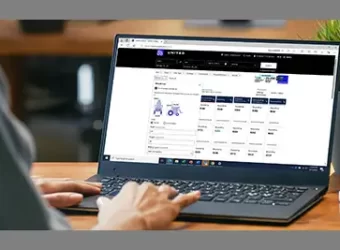
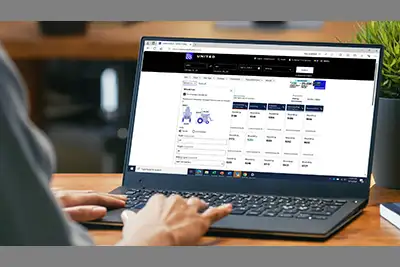 A new United Airlines wheelchair sizer tool was recently unveiled. This digital tool enables wheelchair-users to select flights that can accommodate their specific assistive devices. Why is this important? Well, some larger wheelchairs will not fit through certain aircraft cargo doors without being titled to the side or back. And in some cases, tilting those wheelchairs could seriously damage them.
A new United Airlines wheelchair sizer tool was recently unveiled. This digital tool enables wheelchair-users to select flights that can accommodate their specific assistive devices. Why is this important? Well, some larger wheelchairs will not fit through certain aircraft cargo doors without being titled to the side or back. And in some cases, tilting those wheelchairs could seriously damage them.